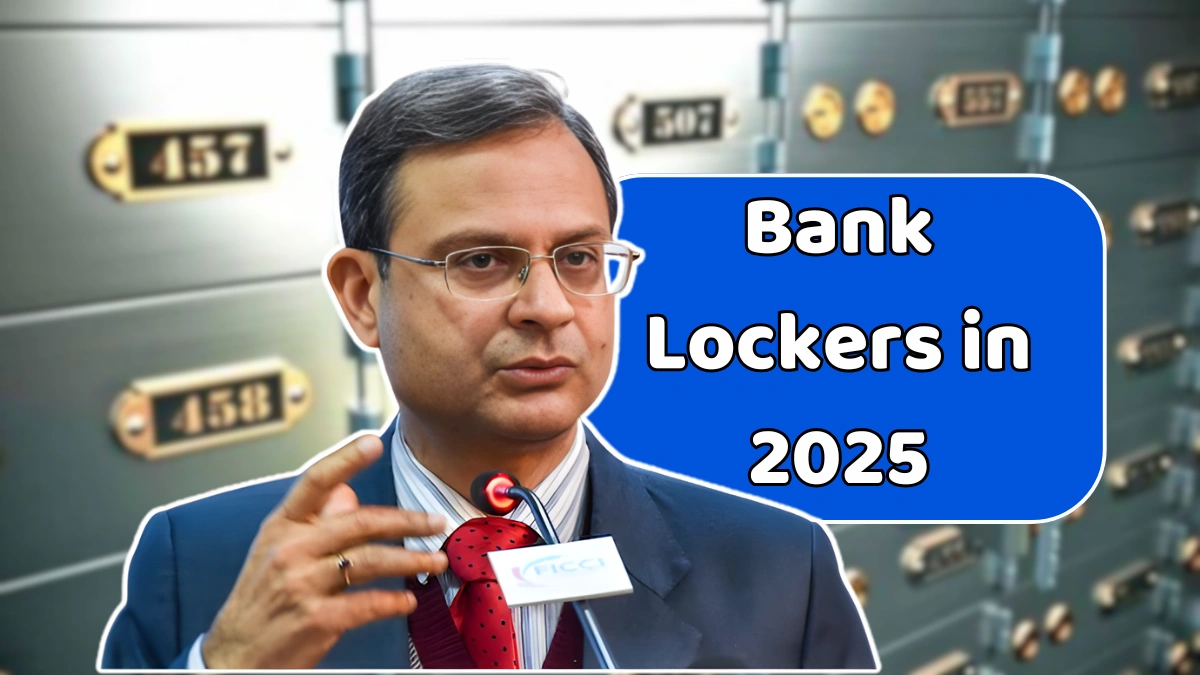In an increasingly digital world, bank lockers in 2025 continue to remain the most trusted solution for safeguarding physical valuables such as jewelry, legal papers, and family heirlooms. While online banking and digital wallets dominate transactions, people still rely on tangible storage for their most precious assets. What’s changed is how lockers themselves have evolved—combining traditional security with modern innovation.
Let’s explore how bank lockers are adapting to the needs of a new generation of savers and investors.
Enhanced Security with Biometric and Blockchain Access
Gone are the days of manual keys and PIN-based systems. In 2025, most leading banks have switched to biometric authentication using fingerprint and facial recognition for locker access. These unique identifiers drastically reduce the risk of unauthorized entry.
Some banks have even integrated blockchain-based access logs, ensuring transparent, tamper-proof records of every access attempt. This technology not only enhances accountability but also builds trust. With these upgrades, lockers are now virtually “unbreakable” — offering users unmatched peace of mind.
Smart Lockers for Modern Lifestyles
Smart lockers are becoming the new standard. Connected to mobile apps, they send real-time notifications whenever access is attempted. Certain banks even offer 24/7 locker access via automated kiosks, freeing customers from traditional branch hours.
These lockers come with remote monitoring, allowing users to track when and how their lockers are opened. Some premium versions even include climate control, protecting sensitive items such as vintage collectibles, rare coins, or old manuscripts.
For professionals and tech-savvy customers, this convenience-driven model fits perfectly into their busy schedules.
Costs and Accessibility in 2025
Locker rental costs vary depending on the bank, size, and location. Urban branches, where demand is high, continue to charge premium rates. On average:
- Small lockers: $20–$100 per year
- Medium to large lockers: Higher annual charges, depending on security and service tier
To make lockers more accessible, many banks now offer monthly subscription-based plans, lowering the upfront burden. However, in densely populated cities, availability remains a challenge, as demand far exceeds supply.
Insurance and Liability: Greater Protection for Valuables
Despite enhanced security, locker insurance has become increasingly important in 2025. While thefts and natural disasters are rare, they are not impossible.
Many banks now include basic insurance coverage as part of the locker rental fee—usually covering losses up to a specified amount. Customers storing high-value items are advised to declare them and purchase extended insurance for complete protection.
This layered approach ensures financial safety even in rare worst-case scenarios.
Eco-Friendly and Space-Efficient Designs
As sustainability gains global importance, banks have started adopting eco-conscious locker systems.
Modern locker vaults now use solar-powered security systems, energy-efficient lighting, and compact modular designs that increase locker capacity per square foot. These innovations reflect the banking sector’s shift toward green infrastructure and responsible resource use—a step toward a more sustainable future.
Bank Locker Features in 2025
| Feature | Description | Availability |
|---|---|---|
| Biometric Access | Fingerprint or facial recognition replaces keys | Most major banks |
| Smart Locker Monitoring | App-based alerts and activity tracking | Select urban branches |
| 24/7 Access Kiosks | Automated access points outside banking hours | Limited rollout |
| Climate-Controlled Units | Maintains humidity and temperature for sensitive valuables | Premium lockers only |
| Basic Insurance | Covers loss up to a fixed limit | Included in some plans |
Key Considerations for Users
Before renting a locker in 2025, keep these points in mind:
- Choose the Right Size: Evaluate what you plan to store—don’t overpay for unused space.
- Check Insurance Coverage: Ensure your valuables are fully protected.
- Verify Access Hours: Some branches offer round-the-clock locker access.
- Compare Rental Costs: Different banks and cities have different pricing models.
- Understand the Terms: Read the fine print on liability, access rules, and renewal policies.
The Future of Bank Lockers
Even in 2025’s tech-driven economy, bank lockers remain a vital part of financial security. They blend legacy reliability with cutting-edge safety innovations—ensuring your heirlooms, jewelry, and documents are always protected.
In an era where everything is digital, the bank locker stands firm as a symbol of trust, privacy, and timeless security—proof that some traditions evolve, but never fade.
Disclaimer: This article is for informational purposes only. Features and fees may vary across banks and regions. Customers should confirm terms, access options, and insurance coverage directly with their respective banks.





